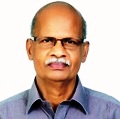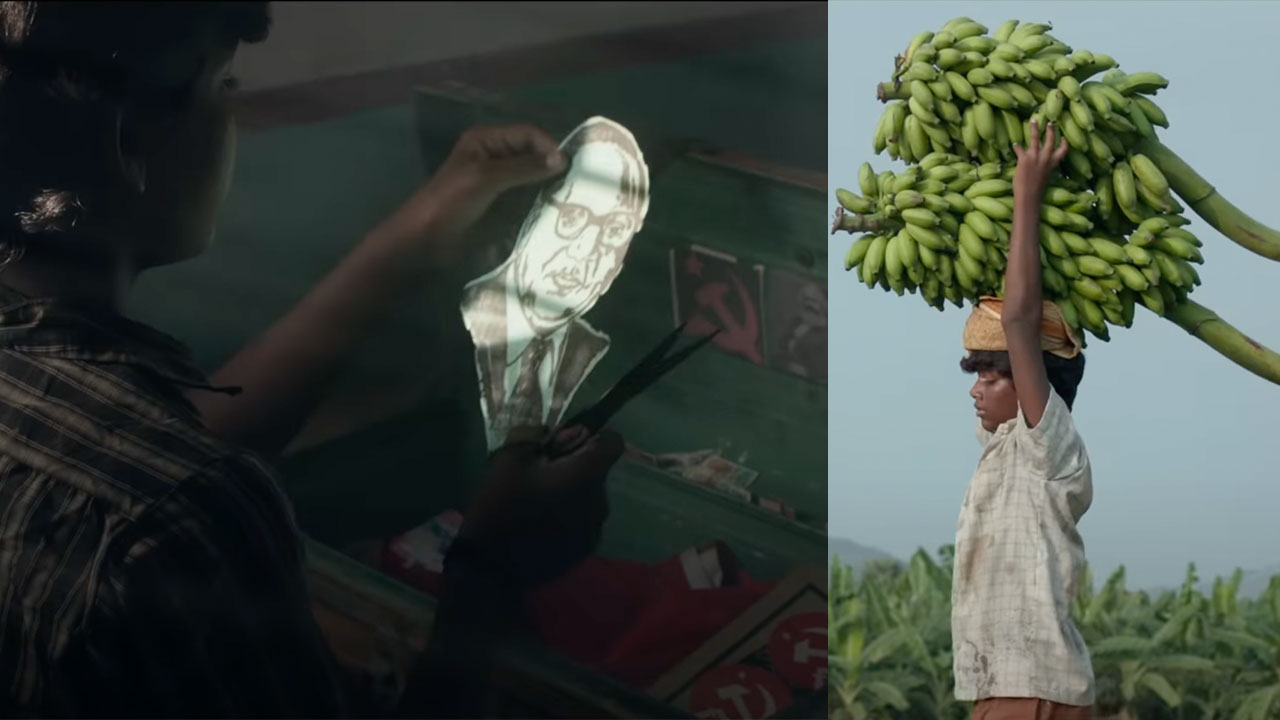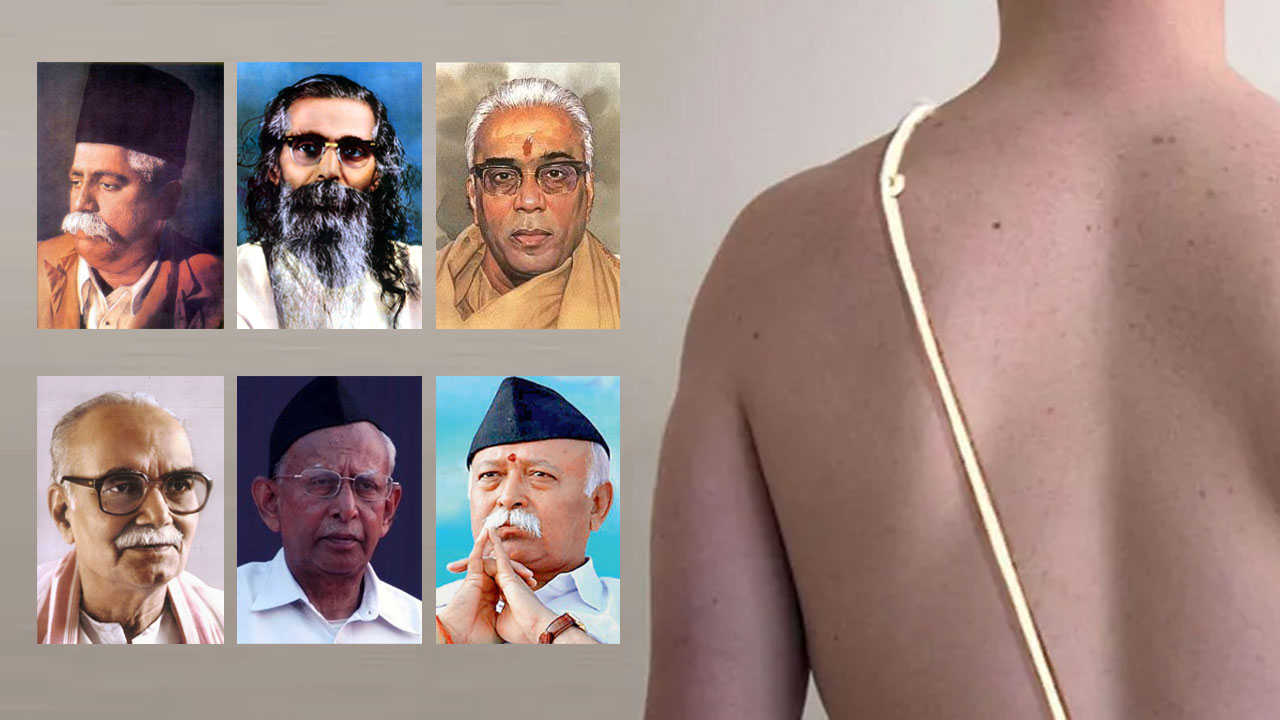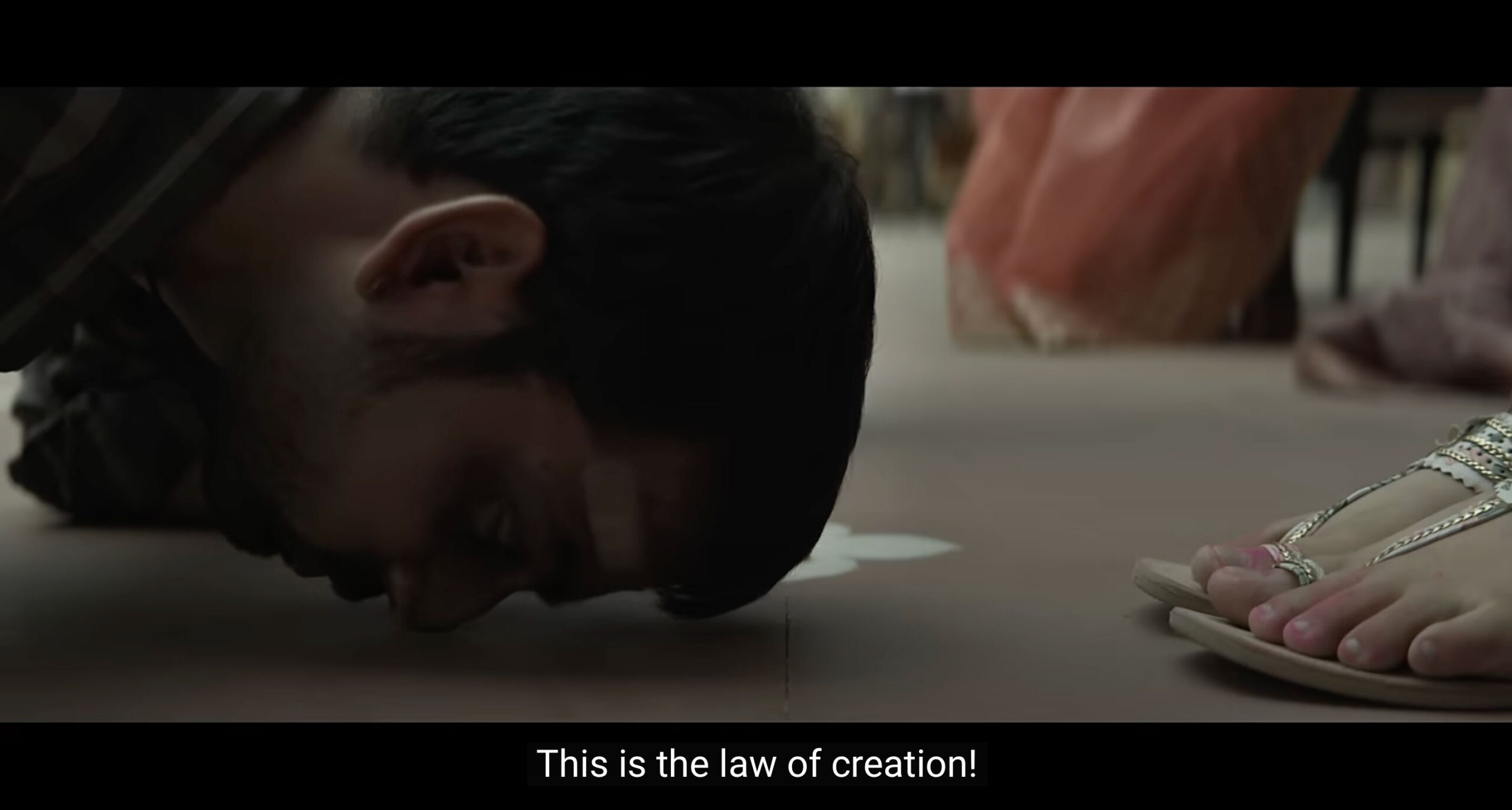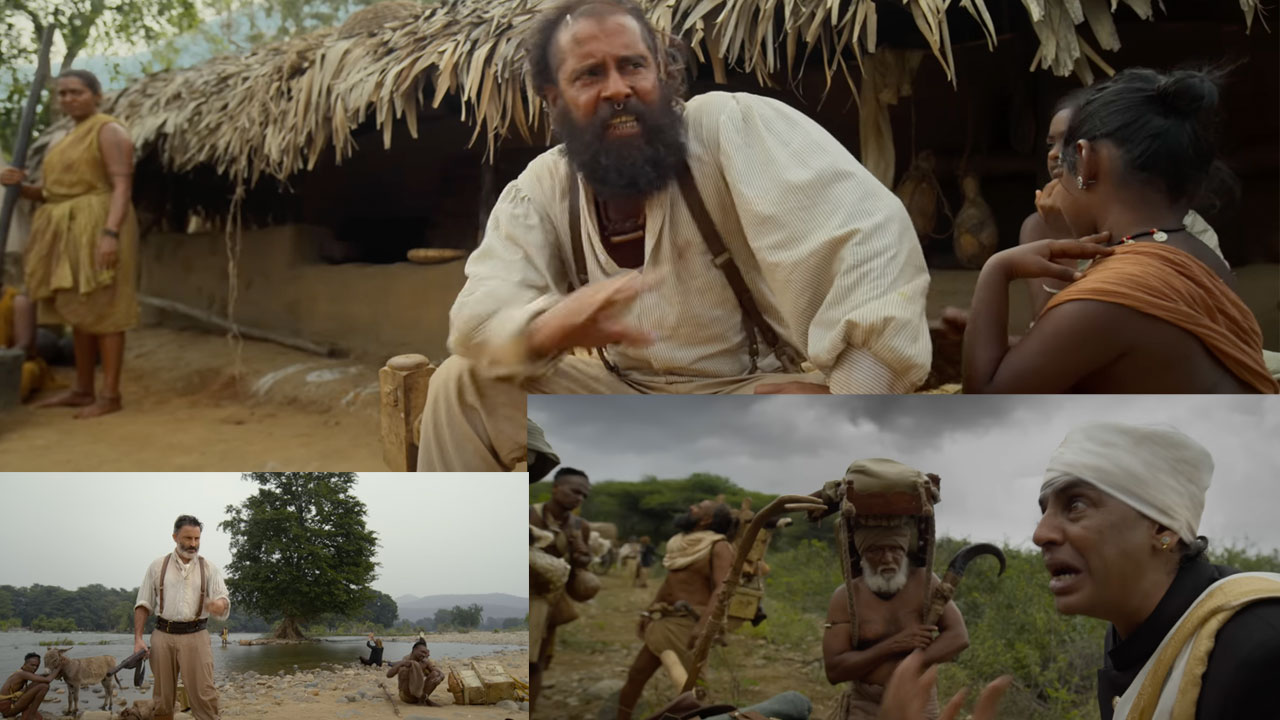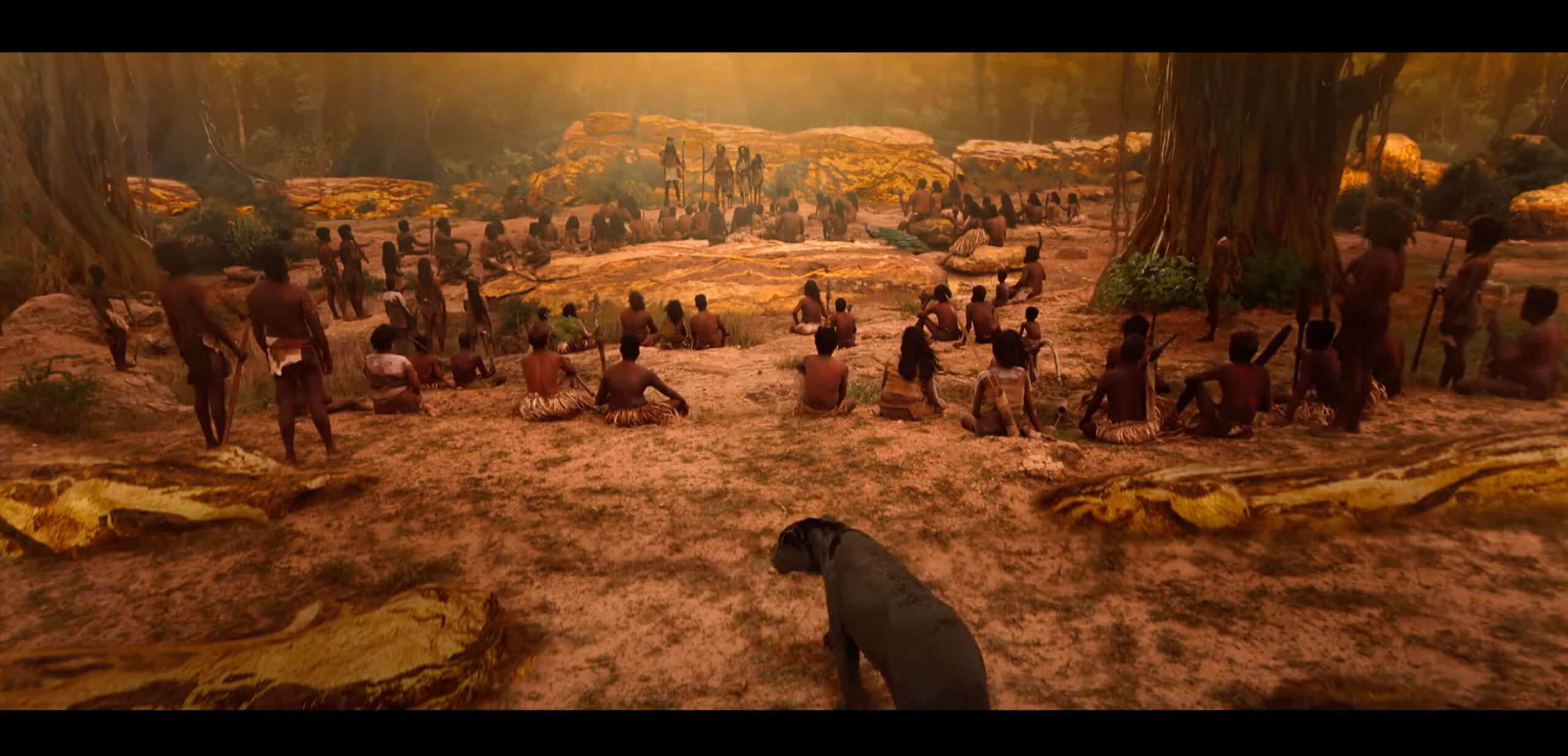After decades of demand for a caste census, the central government announced its decision in August 2018 to collect data on OBCs during the Census 2021 (see The Times of India, 1 September 2018). A statement by the Home Ministry said the exercise would involve 25 lakh enumerators, and that “maps/geo-referencing at the time of house-listing is also under consideration”. The process of “house-listing” was scheduled to commence in 2020, and the headcount in February 2021. A trial run for Census 2021 has commenced on 12 August 2019 and is scheduled to continue till 30 September 2019. It was reported that, in a drastic departure, the Census 2021 data would be stored electronically.
But then came the dampener. A senior government official told the The Hindu that the Census 2021 may skip caste count. According to the report, Census 2021 is unlikely to collect caste-wise data as a similar exercise conducted in 2011 by another ministry threw up about 40 lakh caste names that were difficult to tabulate. It is evident that the reference here is to the report of the Socio-Economic Caste Census (SECC) 2011, which is yet to be released. Both the Congress-led United Progressive Alliance and the Bharatiya Janata Party (BJP)-led National Democratic Alliance did make the caste data public. It is a typical example of how OBCs have been defrauded over the decades. According to the National Comission for Backward Classes (NCBC) records, there are 2479 entries in the Central list of OBCs. Complexity in the caste count, according to the government, arises mainly because of the absence of standardised caste names both within and across states – for example, a person belonging to the Yadav caste wrote Yadu, Yaduvanshi, etc. The same applies to Vishwakarma community, too, characterised by a number of sub-castes and “gotra”. It is not only the multiplicity of caste names, caste group names, but also the differences in the reservation quota for OBCs across states and union territories that has proved to be challenging for the enumerators.

Debate on caste census
The Mandal Commission had said that its recommendations should be reviewed 20 years after their implementation. Since reservation for OBCs in public employment was introduced in 1993 and then in higher educational institutions in 2008, at least reservation in public employment is up for review. Against this backdrop, though a Commission for Sub-Categorization of OBCs (CSO) was appointed in October 2017 (to propose measures to ensure equitable distribution of benefits of reservation), and the NCBC was granted a constitutional status in August 2018, the review proposed by the Mandal Commission has to get the government nod. Though the need to continue OBC reservation is beyond doubt, the new list of eligible classes, the percentage of OBCs in the population can only be reliably ascertained through a census that gathers data on socio-economic and educational condition with respect to castes.

Before Census 2001 was held, caste count was debated seriously in 1998. In a pioneering article, Ambrose Pinto argued that caste should be included as an essential element of the Census 2001 (‘Should caste be included in the Census?’, EPW, Vol 33, No 31, 1998). The Sociology unit of the Institute of Economic Growth, Delhi, organzed a symposium on 17 July 1998 to debate the issue. An overview of the issues discussed by Satish Despande and Nandini Sundar (EPW, Vol 33, No 32, 1998), brought out the following views on caste enumeration (for, against and the practical difficulties involved).
(A) Arguments for including caste in census
- a) Caste is a very important variable in contemporary Indian society, hence there are social and scientific reasons why data on it are valuable for their own sake.
- b) Caste data will help track long-term shifts in the morphology of the system and of individual castes.
- c) Recent legislations mandating various types of reservation for the OBCs make caste data essential (for drawing up fresh lists of OBCs, admission/deletion of OBCs, identification/revision of creamy-layer criteria, fixing quotas within quotas, etc).
These arguments have become more relevant given today’s context: an empowered NCBC, a committee looking into sub-categorization of OBCs, and the reservation for the economically weaker sections in society which has recently come to effect.)
(B) Arguments against including caste in census
- a) It will intensify divisive caste identities, conflict and violence.
- b) Quality of data generated may be questionable.
- c) The involvement of the State in the whole exercise is not advisable, since, many a time, caste data has been compromised by partisan politics. A “people’s census”, where communities would gather data on themselves, would be an alternative.
(C) Practical difficulties in caste enumeration
- a) Sheer variety of caste names and problems of aggregation, state-wise and at the national level. Around 86 per cent of caste groups can claim only local (state-level) presence.
- b) Since tabulation of the huge caste data may take years, its availability/utility for research and action before it becomes obsolete/outdated is doubtful.
- c) Possible constitutional-legal problems in enumeration cannot be ruled out. For example, Article 15.1 of the Constitution prohibiting the State from discriminating against citizens on the basis of “religion, race, caste, sex, place of birth or any of them” may be invoked. This was not possible during the 1931 Census, which was managed by the colonial British administration.
SECC: a costly, fruitless and fraudulent exercise
The SECC was conducted between 2011 and 2013 as part of the Ministry of Rural Development’s survey of socio-economic status of households, for which nearly Rs 4,900 crore was spent. In 2015, an expert committee was set up under the then vice-chairman of NITI Aayog, Arvind Panagaria, to decide on the classification of the SECC data. All data from SECC, barring caste numbers, was put in the public domain in 2016. In July 2017, the government told Parliament that the raw caste data from SECC had been given to the Ministry of Social Justice & Empowerment, which was to form the expert group for classification of data. One problem with the SECC data, cited by the experts, was that it had thrown up 46 lakh caste, sub-caste, clan names and so on, rendering their categorization a herculean task. To avoid this problem, enumerators in 2021 would have to be approach households with a pre-decided list of castes. This author proposes development of a master list of castes and exploring the scope of the blockchain technology in caste enumeration, data tabulation, classification, and aggregation.
Towards a solution
Without a caste count in the Census 2021, the government would not be able to substantiate its claim of “sabka vikas” or inclusive development. We should understand that counting caste numbers would serve no purpose in itself. What is important is crafting of proper policies and their sincere implementation bsed on the numbers, observes Prem Kumar Mani (https://www.forwardpress.in/2015/12/policies-matter-more-than-a-caste-census/ ). The OBCs don’t have a voice. They are not united. They themselves don’t know what social justice means, according to Justice Eshwaraiah, former chairman NCBC (https://www.forwardpress.in/2018/05/justice-v-eshwaraiah-is-for-a-caste-census-in-2021/). If the representation and empowerment of OBCs is to be achieved through reservation, data on their socio-economic and educational status is crucial. Recently, a parliamentary committee on OBCs found that a reduced allocation of funds over the period 2014-17 by the Ministry of Social Justice and Empowerment has adversely affected the economic and educational progress of OBCs. The committee also proposed a separate department for OBCs under the Ministry of Social Justice and Empowerment; some states like Kerala already have separate OBC development departments.
The problems that the government has faced in collecting and analyzing caste data could be tackled as follows:
- Development of a structured national/master table of caste names (including those appearing in State and Central OBC lists) through a combined effort of Indian Council of Social Science Research (ICSSR), Anthropological Survey of India, and Indira Gandhi Rashtriya Manav Sangrahalaya Bhopal. Such a list can be used simultaneously countrywide on the actual enumeration day.
- “Blockchain” technology – involving a decentralized digital ledger which can be used to make entries across many computers – though still in an evolving stage, should be put to use in the development of a master table of castes in India, and also in the collection, classification and aggregation of caste data. The lame excuse given recently that multiplicity of caste and sub-caste names would make scientific collection of date impossible is not befitting a government that boasts of using world-class information and communications technology in governance and delivery of public services.
Copy-editing: Anil
Forward Press also publishes books on Bahujan issues. Forward Press Books sheds light on the widespread problems as well as the finer aspects of Bahujan (Dalit, OBC, Adivasi, Nomadic, Pasmanda) society, culture, literature and politics. Contact us for a list of FP Books’ titles and to order. Mobile: +917827427311, Email: info@forwardmagazine.in)

